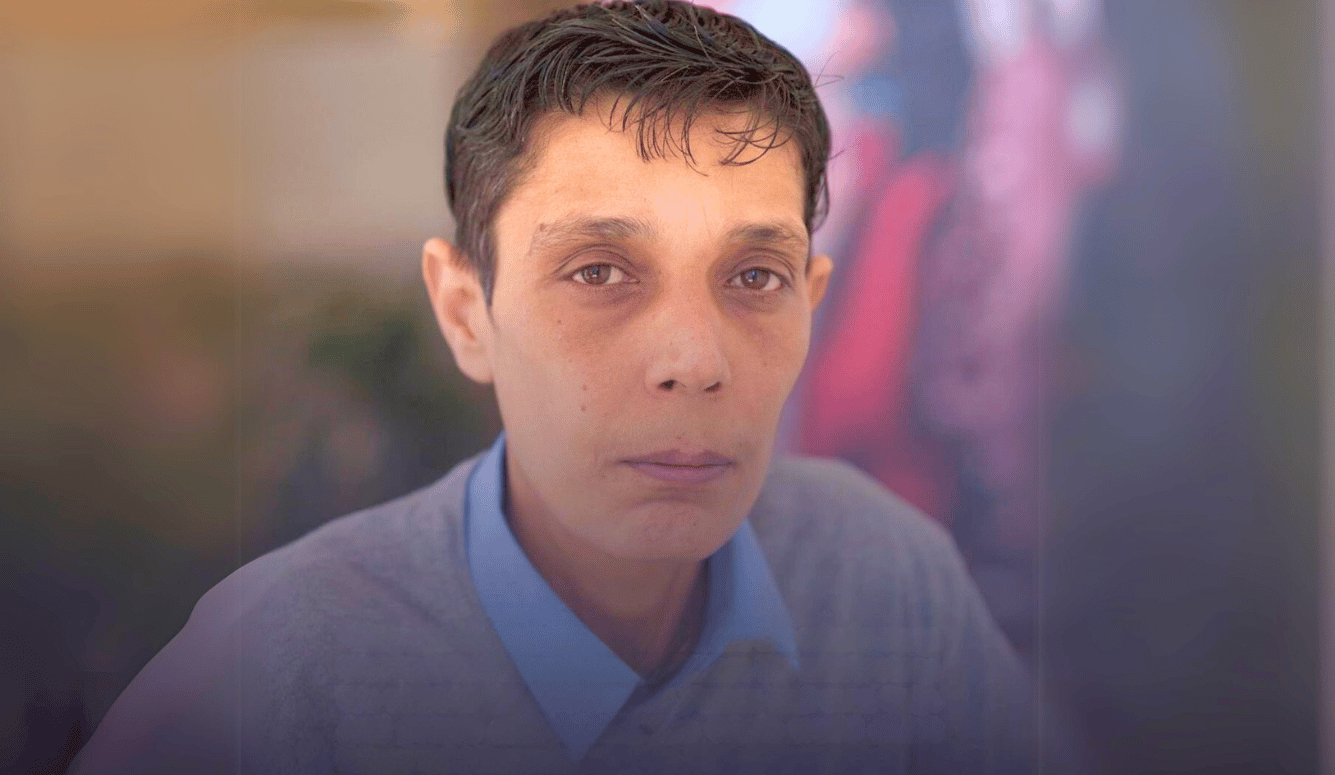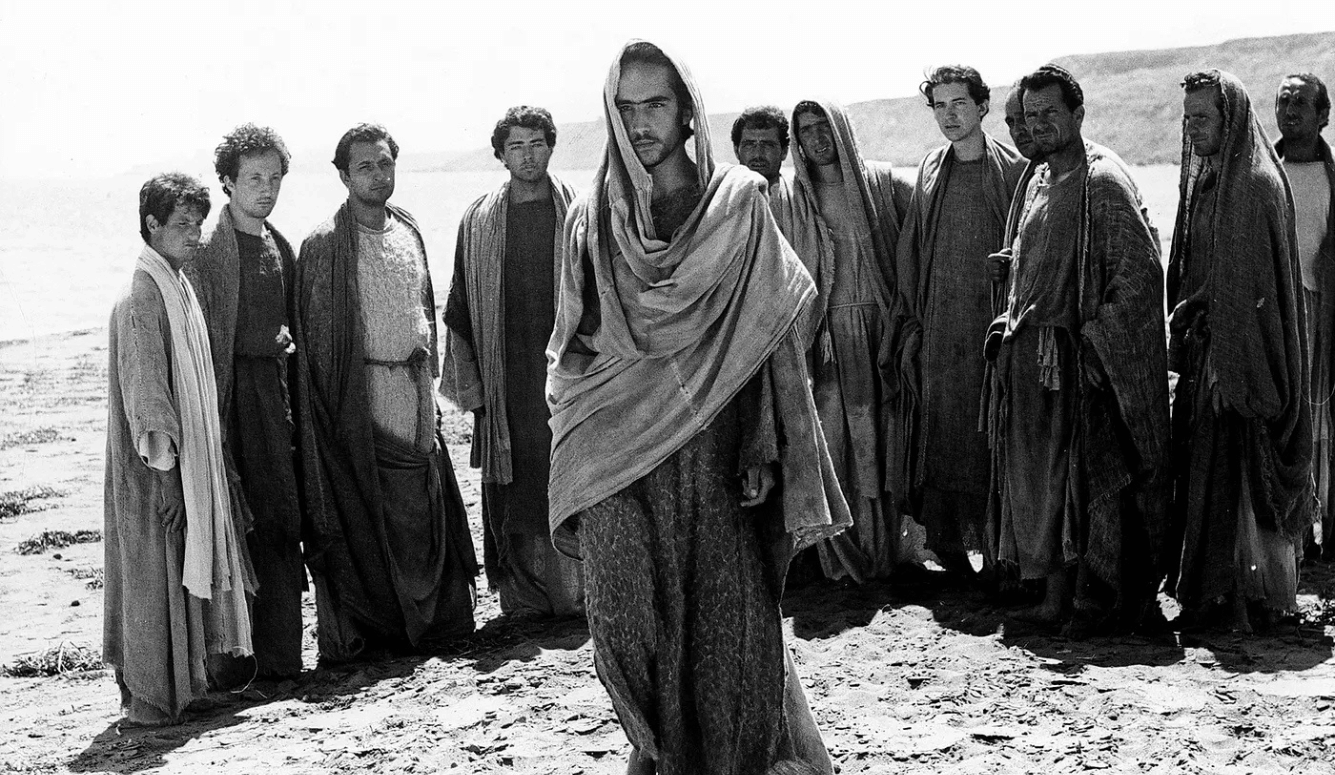Politics
Syrian Torture, Then and Now
The atrocities committed by the Assad regime were no secret—but they were met with Western inaction.

Newspapers, television stations, and social-media accounts worldwide have been filled with news of Bashar al-Assad’s gulag of torture centres since the dictator fled and his regime collapsed on 8 December. On 14 December, a front-page story in the New York Times announced, “Syria Shudders as Assad’s Prison Atrocities Come into the Light.” The extensively detailed article contains nineteen colour photographs, including some of desperate Syrians looking through now-deserted prisons and crowding into morgues in search of their loved ones. Syria’s people have endured a half-century of misery at the hands of a homicidal father-son dictatorship, and they certainly deserve the world’s attention. But the atrocities of the Assad family are not really news, and they have not just “come into the light.” In fact, Assad’s torture regime has been extraordinarily well-documented for more than a decade.
At least five million Syrians have fled the country since its uprising began in 2011, and more than a million have found asylum or at least refuge in the West. Some of them, especially those who had escaped or been released (often through bribes) from the prisons, have testified to the crimes that were committed on a daily basis in the dungeons. Amnesty International has called Sednaya prison a “human slaughterhouse.” In 2018, the Washington Post ran an article, accompanied by satellite imagery, under the grim headline, “Syria’s Once-Teeming Prison Cells Being Emptied by Mass Murder.”
The most famous witness to this cruelty was probably Mazen al-Hamada, a peaceful anti-government activist who sought asylum in the Netherlands in 2014 and spoke throughout the world, in graphic detail, about the excruciating treatment, including rape, that he had endured while imprisoned. It is almost unbearable to watch and hear interviews with him; the anguish is etched on his gaunt face; the details are revolting; sometimes he cries.





